Sponge for flower arrangements, where to get it, how to use it, what to replace it with
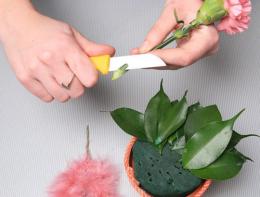
A floral sponge is one of the main components of a flower arrangement. The functions of the sponge include: fixing artificial flowers and maintaining the life of freshly cut, living plants.
Material impregnated with a special solution prevents reproduction bacteria, which makes it possible to extend the life and freshness of flowers.
Content:
- Types of floral sponge
- Where can I buy
- How to use
- How to make a flower arrangement using a sponge
- What can you replace at home?
Types of floral sponge
This is important material for anyone florist. There are several types of sponges, depending on their purpose: for artificial and dry plants and recently cut, living ones. The article will tell you about the features of sponges for flowers and the rules for preparing for work.
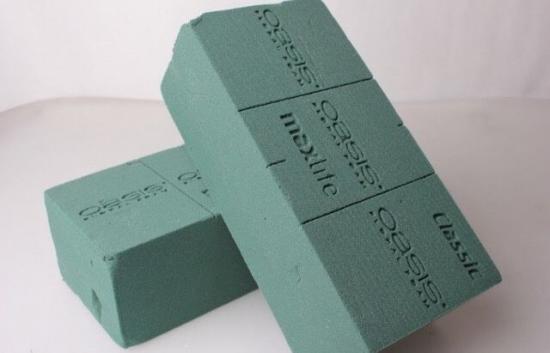
Floral sponge has a porous composition; it is an artificial material that makes it possible to securely fix plants in a variety of compositions. It is often called floral foam, due to some external similarity.
The main feature of the material is the fact that it allows plants to be placed at any angle suitable for a particular composition. Can be used for vessels of different sizes.
There are several types based on color:
- Green - used for working with living plants, as they perfectly absorb water and retain it for a long time;
- Brown color - for working with dried or artificial plants;
- Gray color - used for working with plants that do not need moisture.
In addition to color, they are divided into two more subspecies:
- Universal, sometimes also called classic. Sold everywhere, it looks like a simple brick. It is used to create three-dimensional compositions, for which the necessary shapes are cut out of a common “brick”;
- Shaped. It differs from universal in that it is supplied to stores not in the shape of a standard rectangle, but packaged in ready-made shapes, sizes and thickness.
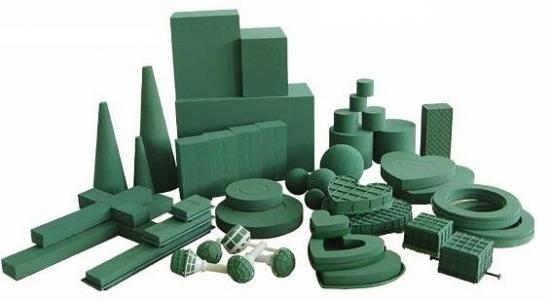
In addition, it differs in color: it can be standard green, gray or brown, or a brighter color.
Before purchasing raw materials, the florist must determine what goals he sets for himself. Thus, a gray base may not be suitable for living plants, since it does not retain water as well as green, and vice versa, which is worth considering.
Where can I buy
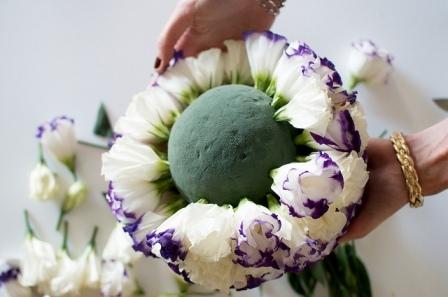
This is a material that can be purchased at almost any florist store.
In addition, there are many opportunities on the Internet to buy this material remotely, without spending a lot of time going to the store.
Before purchasing, you should clearly define the direction of work. For artificial and dried flowers, gray or brown is suitable, while for alive – green.
In addition, it is recommended to select a vessel in which the finished composition will be placed. Regardless of what exactly you choose, all sponges can be easily cut and given the desired shape according to the florist’s plans.
Floral sponge - how to use?
Many people are concerned about this question, but the answer is simple. This is a synthetic porous material that can absorb moisture in any volume required by the florist.
The last thing is worth considering before starting work. Having absorbed moisture, the material becomes heavier.
Once this foundation has been purchased:
- If necessary, cut to the desired size and shape;
- If the raw material is needed to work with artificial or dry plants, it should be placed in a container for subsequent work with fastening the composition items;
- If it is intended for freshly picked plants, it is recommended not to allow it to dry out. To do this, you should wrap the material in foil or a bag to retain moisture. In addition, it is worth systematically additionally moisturizing the sponge.
The process of preparing for work is extremely simple. Even for novice florists, working with this raw material will not be particularly difficult, although it requires attention and precision.
How to make a flower arrangement using a sponge
Before you begin the actual creation of the composition, you need to decide on the raw materials.
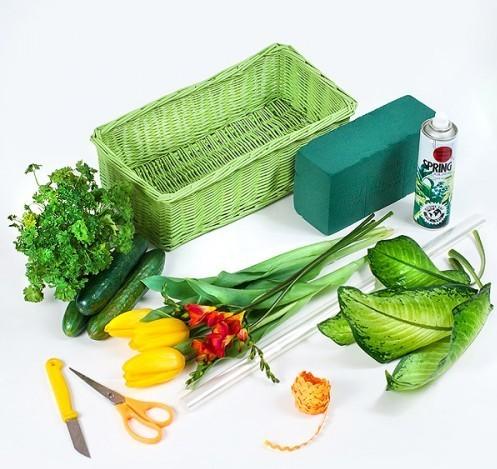
So, first of all it’s worth:
- Decide which base will suit the composition - green or brown;
- Choose a pot or other vessel in which the composition will be located;
- If necessary, trim the material;
- Secure the material in the pot;
- Arrange the needles in several rows, securing them with a special adhesive mass. These are fastenings for composition components.
Once it is ready for use, you can begin installation plants, branches, leaves and other components of the composition.
The last stage of work is masking the fasteners.Here everything depends on the imagination of the author of the composition.
What can you replace at home?
Question: what to replace with a floral sponge is one of the most popular on florist forums.
Florists say that nothing can fully replace this material. However, some argue that at home, a simple polyurethane foam would be a suitable replacement for a sponge.
In order to prepare a replacement, it is recommended to evenly place the foam along the bottom of the container of the future composition and allow it to harden. This option is suitable for working with dry plants.
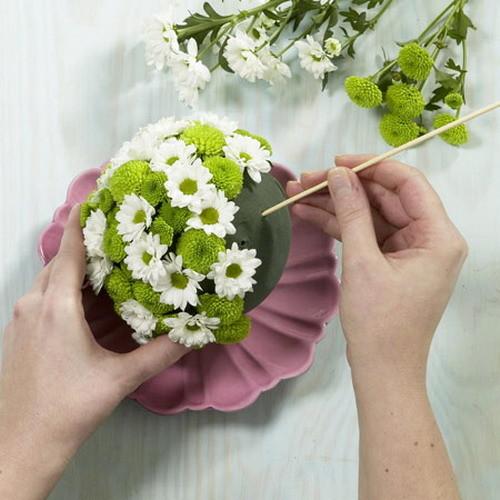
For fresh flowers, polyurethane foam may also be suitable. In some ways, polystyrene foam would be a good replacement, but the original base absorbs and retains water much better and there is no guarantee that the replacement will be completely equivalent.
Thus, a replacement can be found, but whether it is worth spending time and money on this is up to each master to decide for himself.
Sponge for colors - a unique material that is used to create various compositions, both from living plants and dry, artificial ones. It makes it possible to place flowers at the required angle and maintain the freshness of living plants for a long time.
Some more useful tips for working with a floral sponge are in the video:


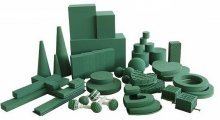
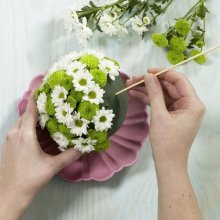
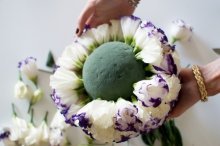
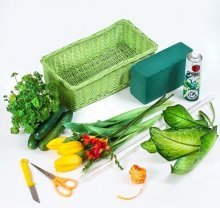
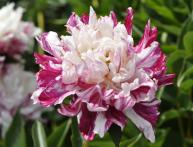
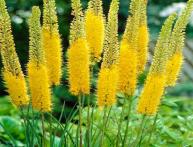
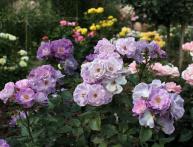
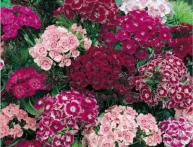

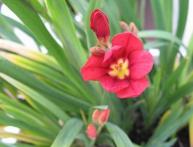
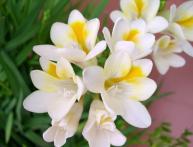

Comments
Very interesting material, I didn’t even know that using a floral sponge you can preserve cut flowers longer. Polyurethane foam can replace a sponge only when working with artificial flowers, but not with real flowers, because it does not absorb moisture.